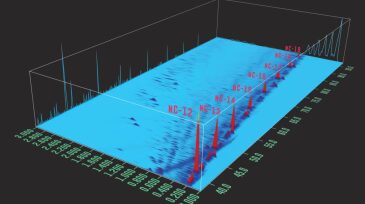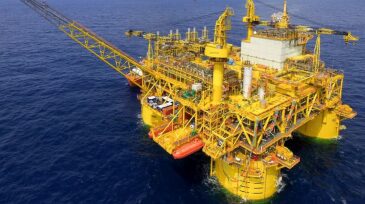Reservoir characterization
The new facility was designed to enable advances in understanding subsurface processes through integrated geomechanics, fluid dynamics, and advanced reservoir characterization.
Geophysicist Markos Sourial discusses advances in seismic imaging, the challenges of modern data processing, and what they mean for the next wave of subsurface professionals.
Part 2 of this two-part series focuses on the disciplines of drilling engineering and production engineering.
-
Part 1 of this series focuses on the disciplines of geology and geophysics, petrophysics, and reservoir engineering using real-world field examples from Malaysia and the author's experiences in training undergraduate students in Malaysian universities.
-
The SPE Reservoir Technical Discipline and Advisory Committee invite their Reservoir members worldwide to participate in a new survey aimed at assessing the current state of reservoir engineering across industry and academia. Deadline is 21 July 2025.
-
The trio introduced an innovative mud drilling system designed for horizontal reservoirs with extreme inclines of up to 102° and depths reaching 11,000 ft.
-
Potential subsurface locations for carbon dioxide storage must meet benchmarks that warrant effective, safe, and economic storage functions.
-
This article evaluates the geomechanical impacts of depleting and repressurizing such gas reservoirs, while proposing laboratory measurements to enhance understanding of geomechanics.
-
Mark your calendars for the first SPE Live featuring the 2023 TWA Energy Influencers.
-
Exploration into the CO2 sequestration in basalt formations and how advances in sequestration can help combat climate change.
-
Knowing which horizon crude oil flows from and in what proportions has been a major challenge for shale producers. Increasingly, they are turning to new technology to find the answer.
-
The types of advancements made in real-time drilling data acquisition and processing are now on the doorstep of the North American completions sector. Technology developers are banding together under the umbrella of “coopetition” in a bid to change the way producers fracture tight reservoirs.
-
Wireline formation tests are a critical piece of the exploration and appraisal process, yet they come with a degree of uncertainty. The supermajor has tapped a new software developer to see if it can clear things up.
Page 1 of 3













